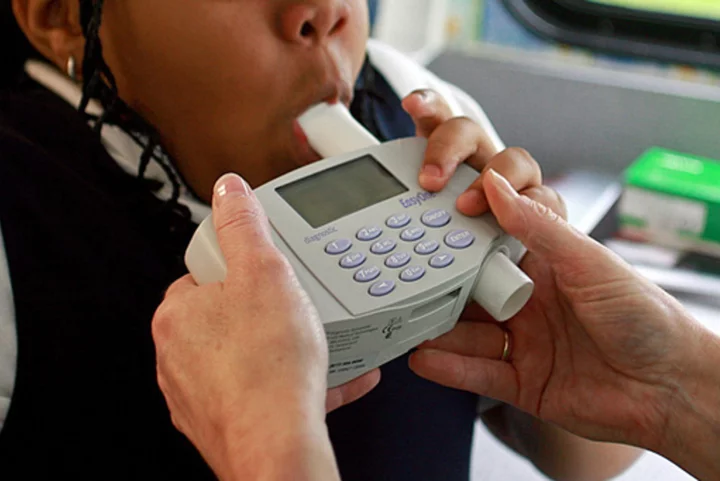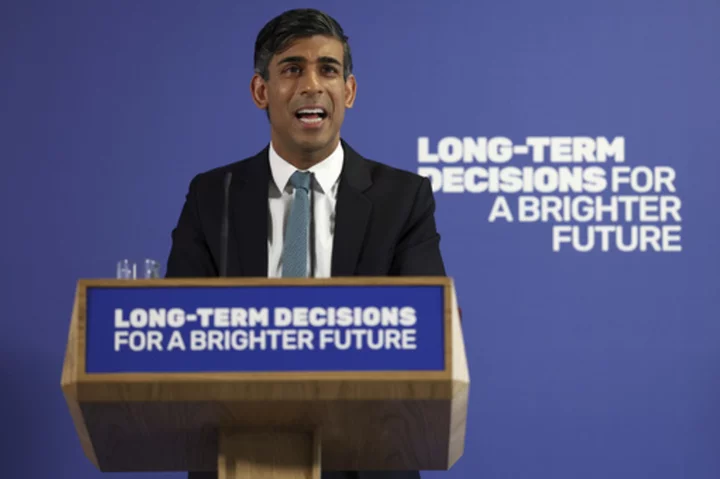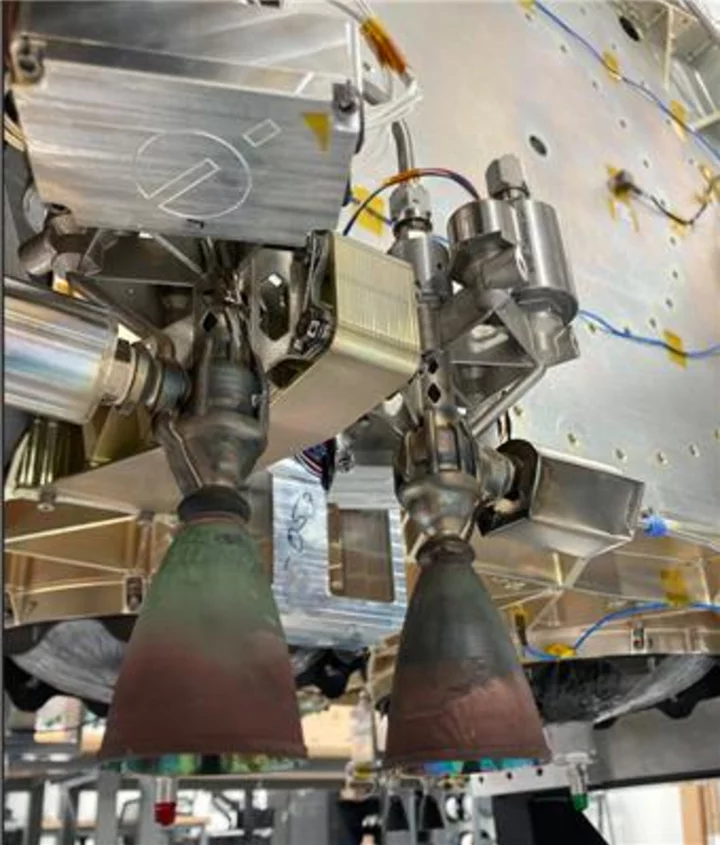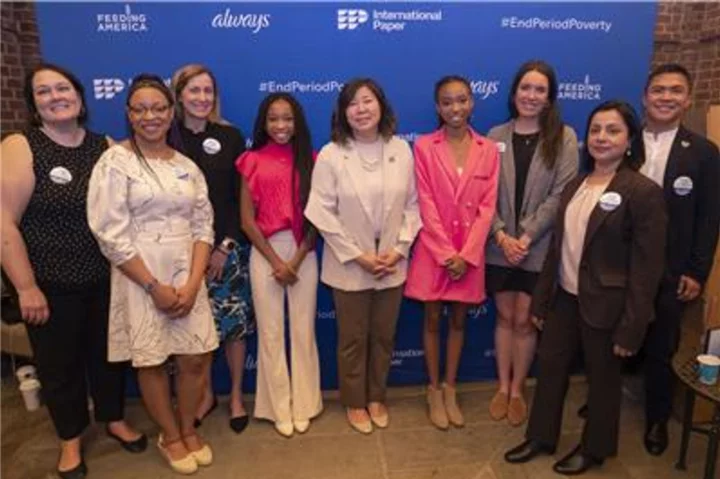The Doris Duke Charitable Foundation is awarding more than $10 million to five health organizations to reconsider the use of race in medical algorithms, which research shows can lead to potentially dangerous results for patients of color.
Physicians have used medical assessment tools and algorithms since the 1970s to help make decisions about patient care. These tools look at multiple factors including, unbeknownst to most patients, race. Recent studies have found that some algorithms that consider race lead to biased assessments and the denial of treatment options.
For example, one study found that a kidney-function calculator adjusted measurements for Black patients in a way that made them more likely to be ineligible to get on a kidney transplant list. Another calculator used to determine whether it was healthy for pregnant women to deliver vaginally if they had ever had a C-section underestimated the odds for Black and Hispanic women.
The Doris Duke Foundation’s grants come amid a reckoning within the medical profession about racial bias in clinical algorithms and a broader push in philanthropy to promote equity in medical research.
“The inequities of the pandemic and the murder of George Floyd really served as catalyst to change things,” says Nwamaka Eneanya, a nephrologist and assistant professor at the University of Pennsylvania, who is not receiving funding from the foundation.
David Jones, a professor at Harvard Medical School, who also isn’t a grantee, says that limited attention was paid to the algorithms until about 2016, when medical students questioned the use of race in clinical calculations. Students organized and advocated for hospitals to cease using some calculations. As a result, some hospitals such as Beth Israel Deaconess Medical Center and Zuckerberg San Francisco General stopped using calculators that include a patient’s race.
Sindy Escobar Alvarez, program director for medical research at the Doris Duke Charitable Foundation, says the new effort came about because of that advocacy and because limited research has been done on the design and impact of “race-aware” algorithms.
Four national medical organizations and one New York City-based coalition will receive grants ranging from $1.36 million to $3.4 million to identify, update, and provide guidelines on medical algorithms that use race and to research how the tools work in hospitals.
— The American Academy of Pediatrics will test a revised algorithm for assessing the risk of urinary-tract infections among patients at a children’s hospital. The academy will also gather experts to evaluate other algorithms and update its guidelines.
— The American Heart Association will bring together members to identify and prioritize algorithms that use race in cardiovascular medicine and will award $1.2 million toward research into those algorithms.
— The American Society of Hematology will explore how people of African or Middle Eastern ancestry are told incorrectly they have unhealthy levels of neutrophils, a type of white blood cell. The organization aims to work with at least 10 hospital systems to evaluate those cells more accurately and to research the impact of medications on people with low counts of neutrophils.
— The Coalition to End Racism in Clinical Algorithms, housed under New York City’s health department, will help local safety-net hospitals such as the Maimonides Medical Center and One Brooklyn Health implement plans to replace medical algorithms with alternatives that aren’t adjusted by race.
— The National Academies of Sciences, Engineering, and Medicine will bring together a group of experts to evaluate the use of race and ethnicity in biomedical research. It aims to publish a report in October 2024 with recommendations for using racial and ethnic categories in research.
Several grantees have already begun to change and update their guidelines. The American Academy of Pediatrics removed a calculation in 2021 that found Black children faced lower risks of urinary-tract infections than white children.
“Race is not a biologic proxy,” says Joseph Wright, the incoming chief health equity officer for the academy. “Race is a social construct and has no place being embedded in a clinical guideline like this.”
Changing current algorithms will not be without challenge. Some medical-society members oppose removing race in clinical equations, Eneanya says, and it can be difficult to get physicians and researchers to adopt alternatives. Just one-third of laboratories stopped using one equation for kidney disease following new recommendations, according to a survey released last year.
Some opposition comes from people who believe that including race in algorithms may improve care for patients of color, says Jones from Harvard Medical School, or who are reluctant to change algorithms without further research. But he says that race was included in many algorithms without research proving their efficacy in the first place and that better measures may exist.
“If you think race matters because of ancestry, then we should replace race with measures of ancestry,” he says. “If you think race matters because it’s a proxy for experiences of racism, then we should figure out a way to measure experiences of racism.”
Jones says philanthropy can play a major role in supporting efforts to find better alternatives to algorithms that include race.
Says Lauren Merz, a hematology fellow at the Dana-Farber Cancer Institute/Mass General Brigham: “Being able to have a grant will allow this to take off. I think we’re going to be able to do in two years what would normally take more like 10.”
_____
This article was provided to The Associated Press by the Chronicle of Philanthropy. Kay Dervishi is a staff writer at the Chronicle. Email: kay.dervishi@philanthropy.com. The AP and the Chronicle receive support from the Lilly Endowment for coverage of philanthropy and nonprofits. The AP and the Chronicle are solely responsible for this content. For all of AP’s philanthropy coverage, visit https://apnews.com/hub/philanthropy.









